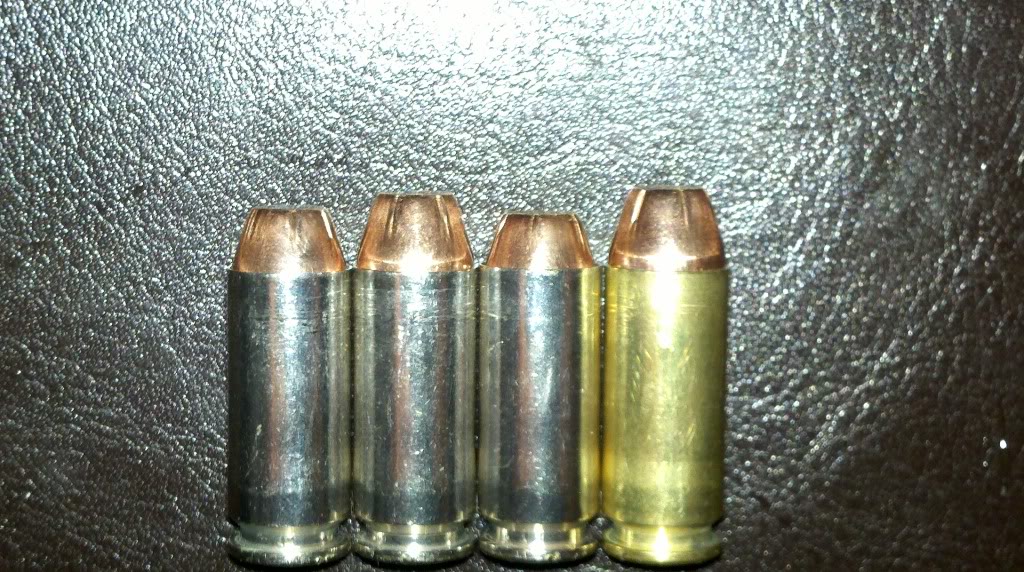So I've reloaded thousands of rounds of 357 sig at this point, thousands of 9mm and 40 etc.
I never NOTICED setback issues until I tried setback testing on every one of my loads from my latest batch of 357 sig.
I used a decent amount of force and pushed the projectile against a desk top.... the results were concerning.
~30% of my loads resulted in the projectile fully setting back into the case rattling around... and this was with a mix of 357 and .40 brass.
I use a Lee Loadmaster with FCD. I only barely flare the case mouth.
Then I tried something else....
I had a pile of nickel plated .40 that I'd processed. I knew it was harder and prone to neck cracking when being formed but I decided to form it anyway and load it to see if it had the same setback issue. The theory being that the nickel plating is less "stretch-prone" and therefore should retain tension better.
The results were incredible. That 30% number went to around 3%
I tried the same test using spent steel tula .40 cases I had scrounged from the range and polished the ever loving sh!t out of them and oiling before forming on a different die set I had laying around. That number went to zero percent though I only did about a dozen because I know steel is hard on dies.
It seems that neck tension on this cartridge is very material sensitive....
has anyone else noticed these sorts of results?
I never NOTICED setback issues until I tried setback testing on every one of my loads from my latest batch of 357 sig.
I used a decent amount of force and pushed the projectile against a desk top.... the results were concerning.
~30% of my loads resulted in the projectile fully setting back into the case rattling around... and this was with a mix of 357 and .40 brass.
I use a Lee Loadmaster with FCD. I only barely flare the case mouth.
Then I tried something else....
I had a pile of nickel plated .40 that I'd processed. I knew it was harder and prone to neck cracking when being formed but I decided to form it anyway and load it to see if it had the same setback issue. The theory being that the nickel plating is less "stretch-prone" and therefore should retain tension better.
The results were incredible. That 30% number went to around 3%
I tried the same test using spent steel tula .40 cases I had scrounged from the range and polished the ever loving sh!t out of them and oiling before forming on a different die set I had laying around. That number went to zero percent though I only did about a dozen because I know steel is hard on dies.
It seems that neck tension on this cartridge is very material sensitive....
has anyone else noticed these sorts of results?







